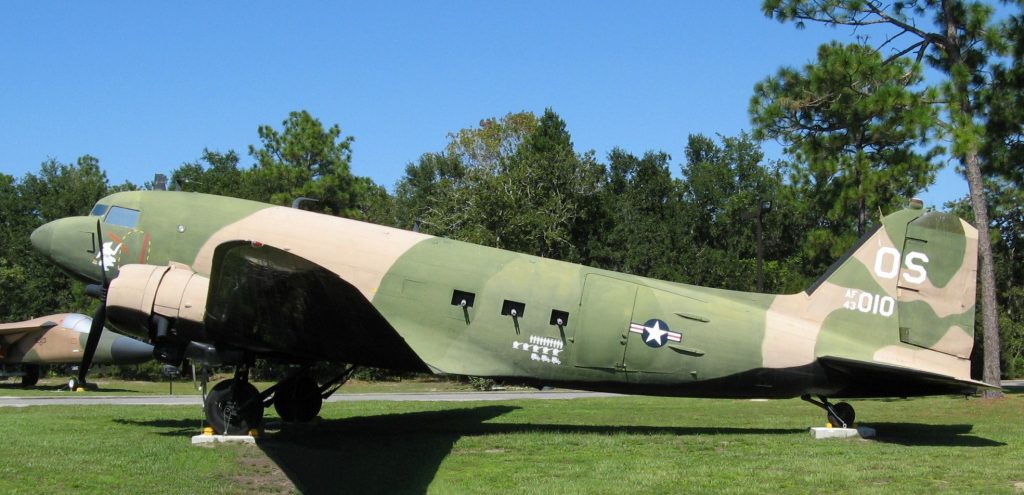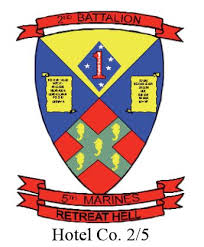
 The Douglas AC-47 Spooky (also nicknamed “Puff, the Magic Dragon”) was the first in a series of fixed-wing gunships developed by the United States Air Force during the Vietnam War as a ground attack aircraft and close air support gunship. It was designed to provide more firepower than light and medium ground-attack aircraft in certain situations when ground forces called for close air support. It is one rough and tumble aircraft. Manufactured by the Douglas Aircraft Company and introduced in 1965. It was developed from the C-47 Skytrain. There were 53 AC-47 Spooky aircraft produced. It is more than 64 feet long, with a wingspan of more than 95 feet. It holds a crew of seven: pilot, copilot, navigator, flight engineer, loadmaster, and two gunners. The AC-47 has a cruise speed of 175 miles an hour, and a maximum speed of 235 miles an hour. It wasn’t fast but it sure was deadly.
The Douglas AC-47 Spooky (also nicknamed “Puff, the Magic Dragon”) was the first in a series of fixed-wing gunships developed by the United States Air Force during the Vietnam War as a ground attack aircraft and close air support gunship. It was designed to provide more firepower than light and medium ground-attack aircraft in certain situations when ground forces called for close air support. It is one rough and tumble aircraft. Manufactured by the Douglas Aircraft Company and introduced in 1965. It was developed from the C-47 Skytrain. There were 53 AC-47 Spooky aircraft produced. It is more than 64 feet long, with a wingspan of more than 95 feet. It holds a crew of seven: pilot, copilot, navigator, flight engineer, loadmaster, and two gunners. The AC-47 has a cruise speed of 175 miles an hour, and a maximum speed of 235 miles an hour. It wasn’t fast but it sure was deadly.
One of the most publicized battles of the Vietnam War was the Battle of Khe Sanh in early 1968. More than 24,000 tactical and 2,700 B-52 strikes dropped 110,000 tons of ordnance in attacks that averaged over 300 sorties per day. During the two and a half months of combat, fighters were in the air day and night. At night, AC-47 gunships kept up constant fire against enemy troops and provided illumination for the base.
This footage shows fighter planes in action, including the Douglas AC-47 Spooky. Some other warplanes used were the Phantom, the Corsair, the Intruder the F-111, the Thunder Chief, the B-52, and Skyhawk. But take a look at the footage around 40 into the short clip. You’ll see what those 6,000 rounds per minute look like as the tracers turn night into day and rain death upon the enemy below.
The Douglas AC-47 was a modification of the military transport C-47 incorporating 3×7.62 mm miniguns by General Electric firing from the rear windows on the left side, as well as the cargo door, to deliver close air support for ground troops.
The AC-47 was also configured with the same weaponry as the C-47 across the world. The guns were operated through the yoke where the pilot could actuate the guns separately or cooperatively, notwithstanding that gunmen were also between the crew to aid when the guns fail or encounter any problem.

